FlashForge 3D Printer Review
Hello. Today we have prepared a review on two models of 3D printers - FlashForge Dreamer and FlashForge Creator Pro.
At 3DHUBS, there are a lot of positive reviews from both newbies and advanced users. These printers are appreciated for very good value for money.
')

Specifications

As can be seen from the technical characteristics of the printers are almost no different. Is that Dreamer - a newer and more advanced model, with a bunch of small improvements that may be useful to the user.
Appearance.
In appearance there are more differences. Dreamer in comparison with the Creator Pro has become more compact.
Plastic spools are retracted inside the printer, not hung outside. On the one hand, it allows you to further dry the plastic inside the printer chamber, on the other hand, the coil of 1kg and more will cram problematically. And if you “start” the plastic outside you will have to remove the cover.
There is no such problem in FlashForge Creator Pro. You can hang the coils on the case or print the coil holder. The lid provides space for feeding plastic outside the chamber.
Mechanics.
The kinematics of printers are similar and made according to the most popular scheme. Nothing new here.
The head moves along the X and Y axes, the platform along the Z axis.

The print head like a small hippopotamus is heavy, but omnivorous. The printer without problems prints not only ABS and PLA, but also more capricious, soft types of plastic.
Or let's say Woodforce from Fiber Force.

By the way plastic was very interesting. The nozzle does not clog and smells like wood. It is very easy to sand.

The most interesting is the airflow Dreamer. In appearance, the airbag is only on the left nozzle. And there are no more differences from the same Flash Forge Greater Pro.
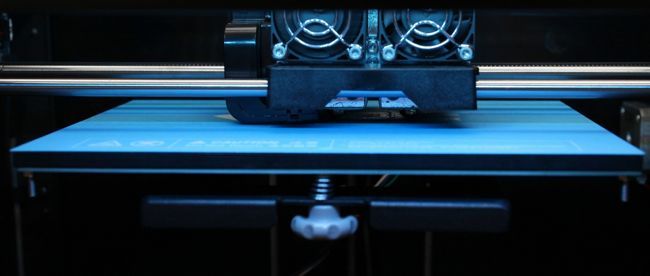
The main difference became noticeable at the first print. Behind the printer there are 2 fairly large fans. They blow air from the chamber.
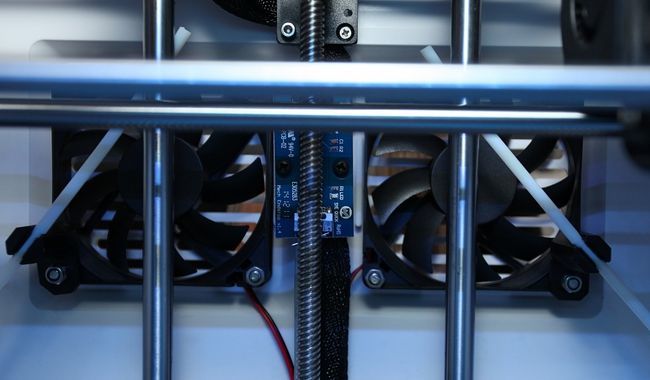
On the sides are ventilation grilles through which air is sucked into the printer.
It turns out that air is constantly circulating inside the chamber during printing. Surprisingly, this turned out to be a great solution for printing PLA. Airflow occurs on all sides of the printed part. Even small details are excellent, without “stains”.
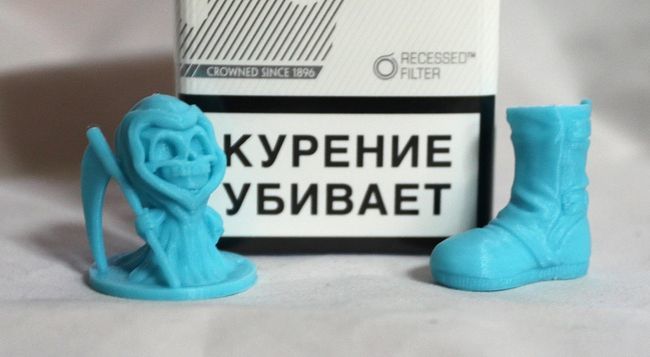
Creator Pro cannot boast such stability. In hot weather, small PLA products may lack airflow.
Up to the heap, FlashForge Dreamer was equipped with a convenient touchscreen and Wi-FI.

Slicer.
It is proposed to use FlashPrint as a slicer. A fairly convenient program with a pleasant interface, besides partially Russified. This can be a big plus for beginner printers.

The program has some pretty useful features. For example, the ability to cut a model.
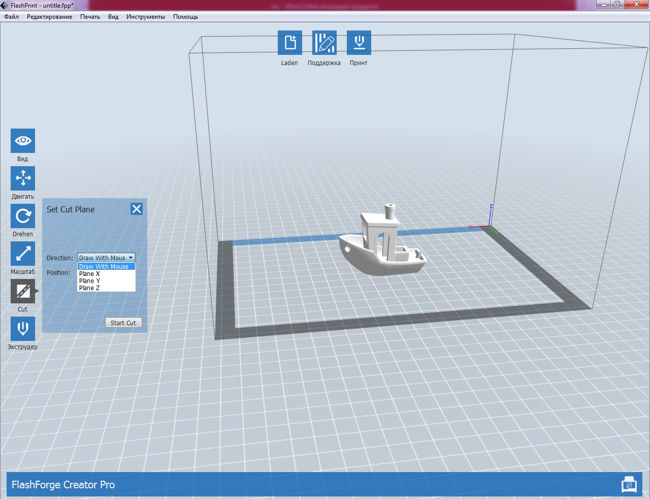
The cut plane can be set with the mouse or along one of the axes.

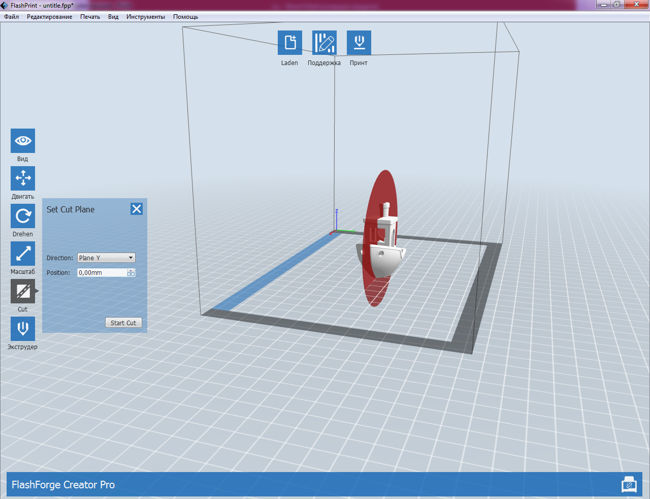
The ability to manually arrange support is something that I often lacked in Cura. Support there are 2 types.
Handsets (they are default)

And the posts.

But the most interesting function in my opinion is the ability to convert images into voluminous bas-reliefs.

The program has quick print settings. (low - 0.30 mm standard - 0.18 mm and high - 0.14 mm. If you choose PLA plastic, the best print quality appears - this layer is 0.08 mm.). It will be convenient for beginners during the first steps.
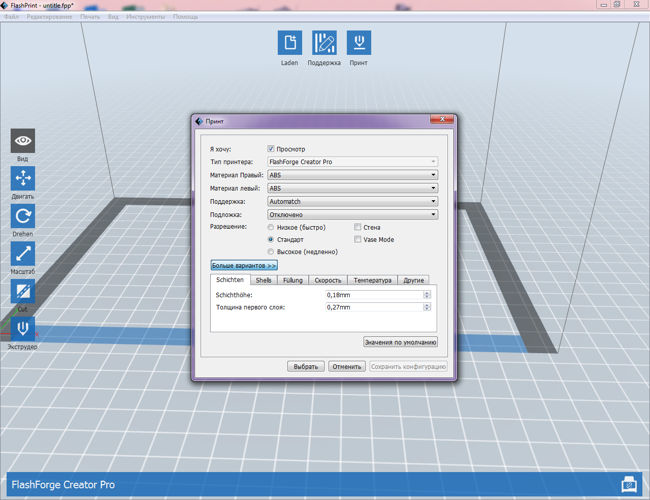
There are advanced settings for more accurate print settings. To enable advanced settings, open the file settings tab and switch from Basic Mode to Expert Mode.

Retract settings, print speed support, wall width for cleaning the nozzle when printing with two types of plastic and much more.
Printed tests
And, of course, the review would not be complete without printed tests.
FlashForge Creator Pro
ABS from ESUN, layer 0,15.
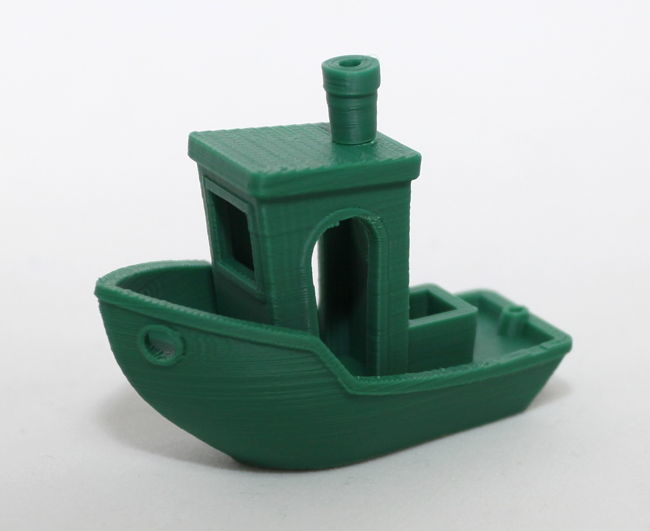
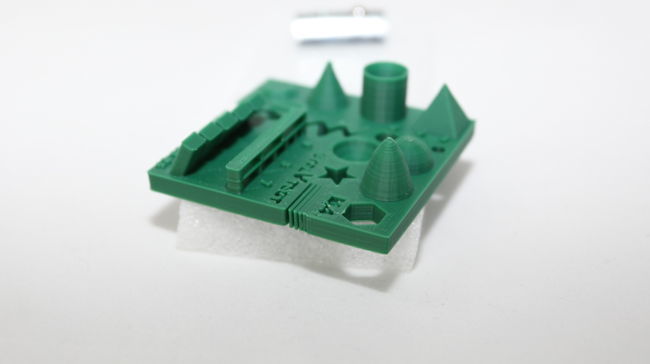

PLA from ESUN, layer 0.15.

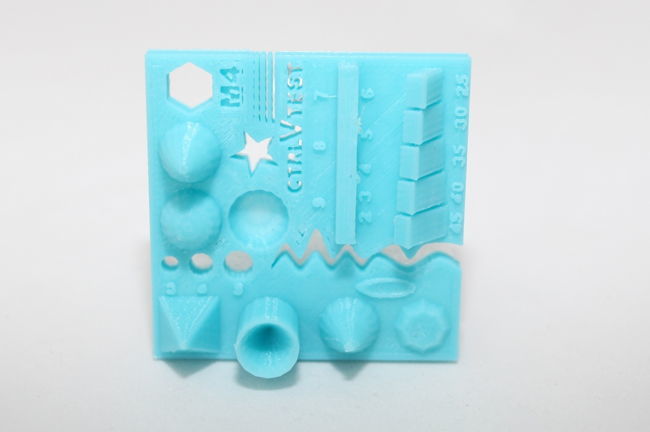
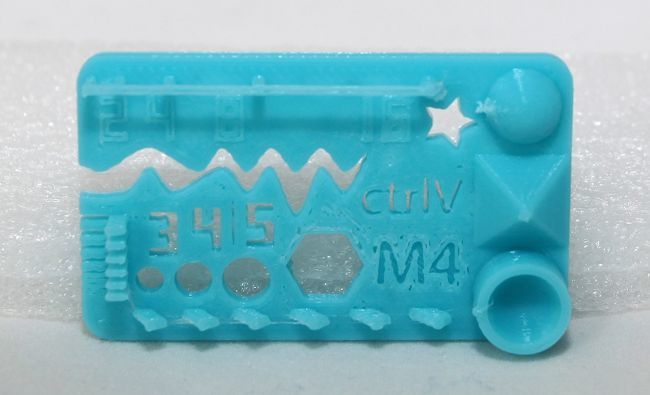
And the most interesting is printing with supports.
ABS + HIPS
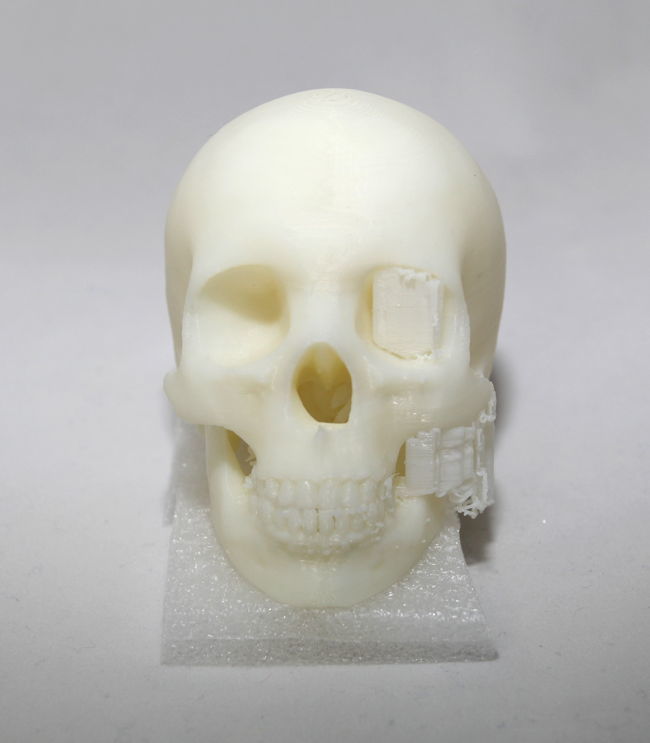
PLA + PVA
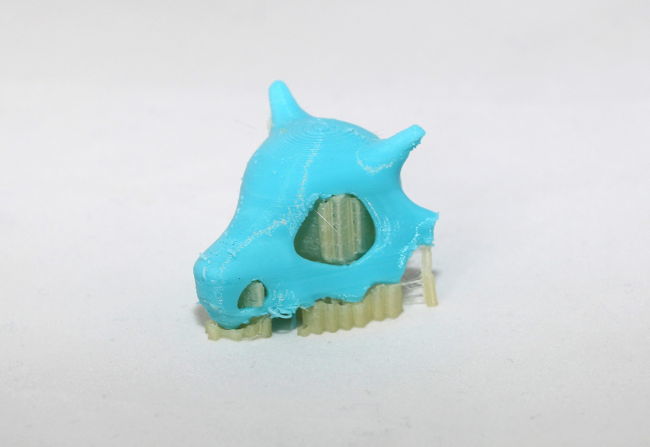
FlashForge Dreamer
ABS + HIPS from ESUN, layer 0.15.

PLA + PVA
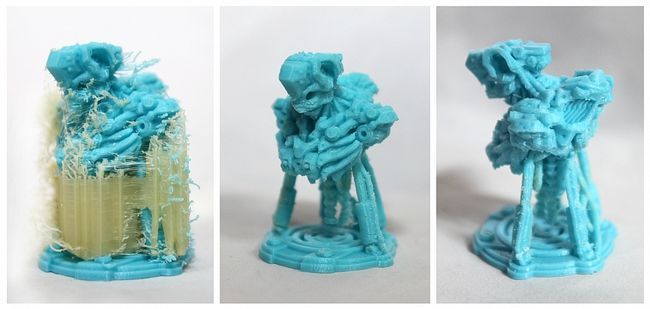
CARBON FIBER company NYLFORCE, layer thickness 0.15
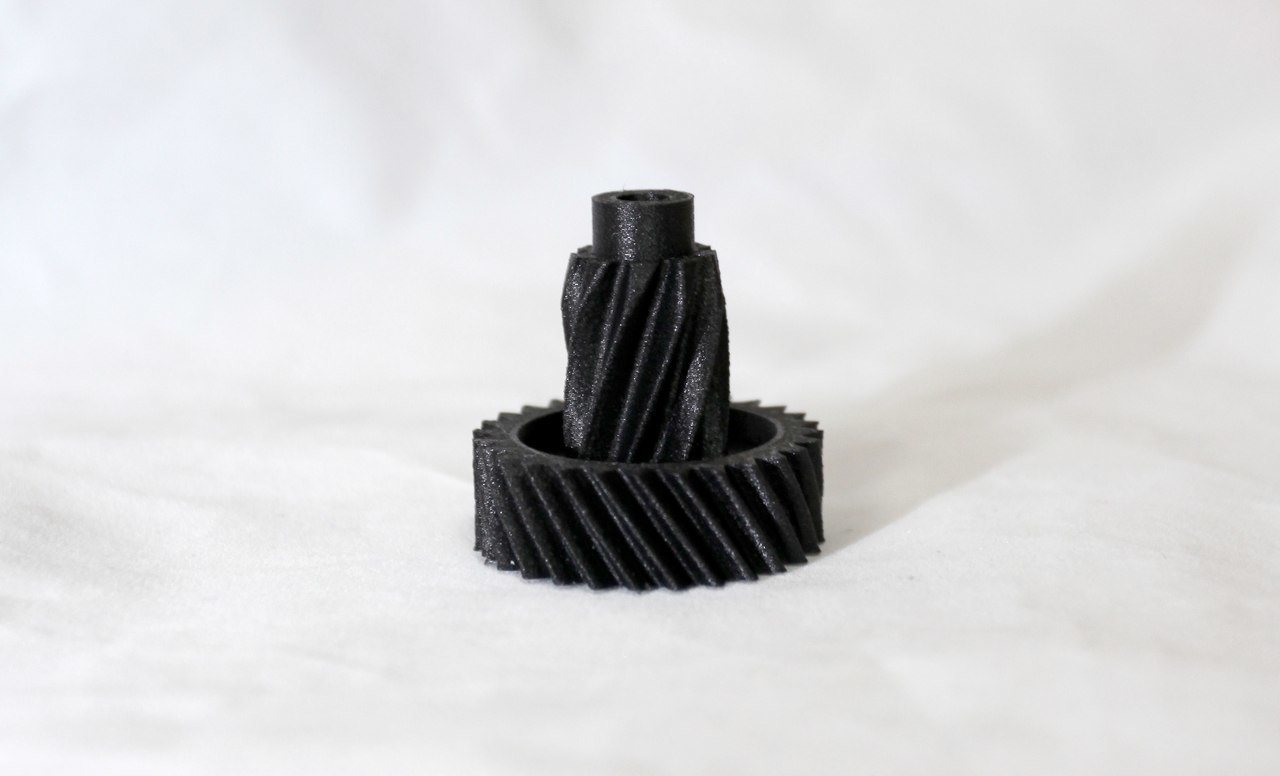
PLA, color Bronze, firm Esun, layer thickness 0,14
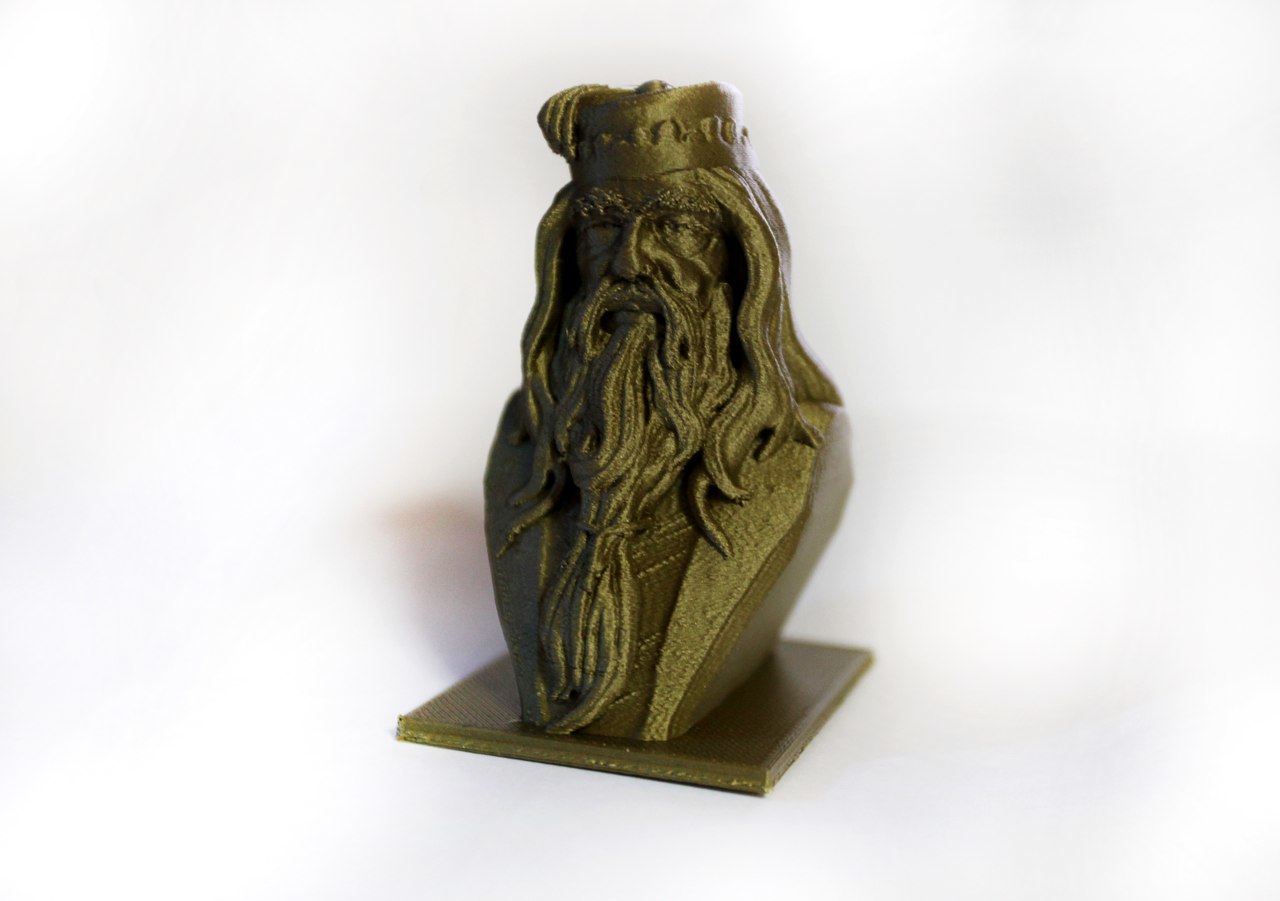
Fiber Force Woodforce plastic and ESUN blue PLA, 0.18 layer thickness

Post-apocalyptic duck from the soft Cheetah company Ninjatek, layer thickness 0.18, filling 0%

Layer 0.18, Flashforge Dreamer printer. Plastic eCopper and eAlfill company Esun.
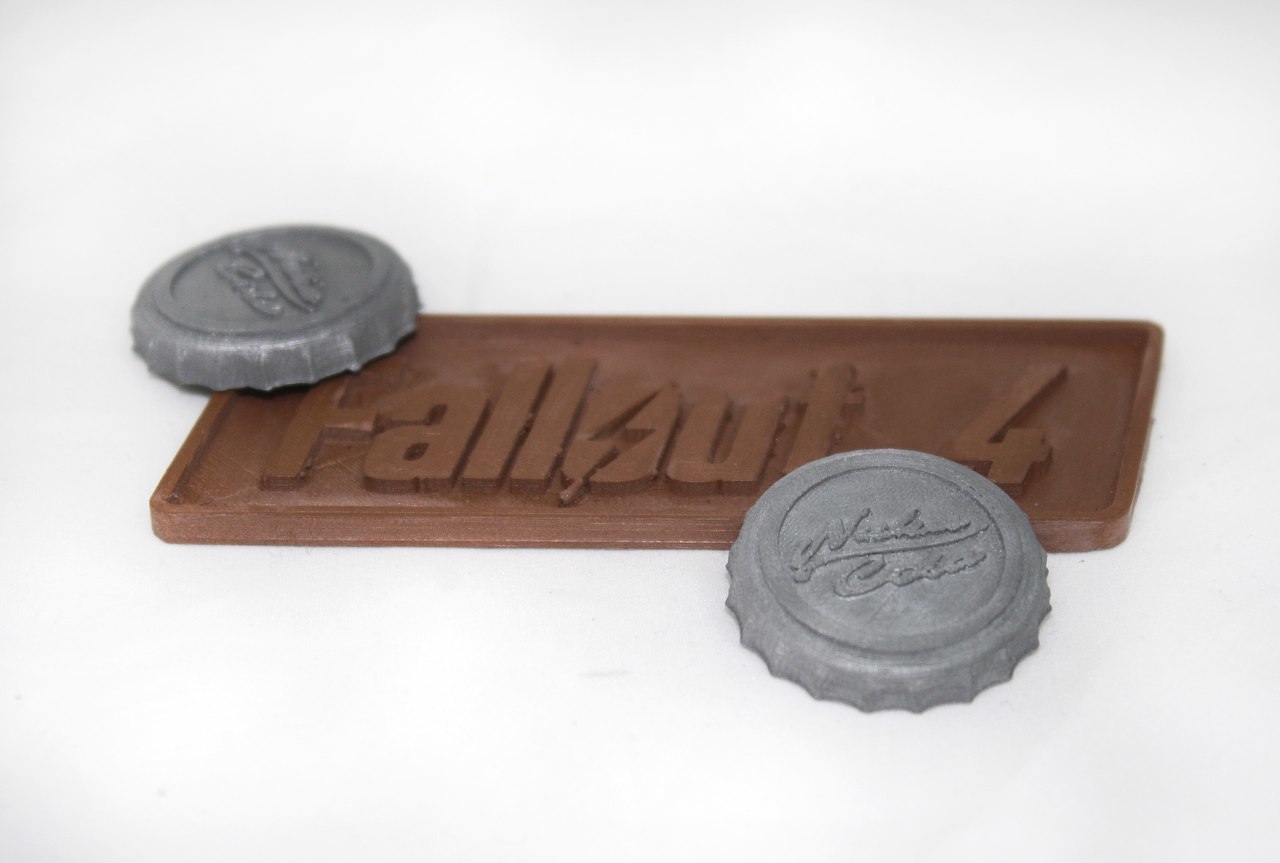
Results
Both printers surprisingly give a very decent print result "out of the box" without any doping and shaman settings.
FLASHFORGE Creator Pro in print quality is not far behind its older brother FlashForge Dreamer. The maximum you can find fault with is insufficient airflow to small models from PLA at Creator Pro.
Visually, FlashForge Dreamer, in my opinion, is a more “home” printer. Neat, compact. Plus, the ability to connect via WI-FI so as not to pull extra wires. But here everyone will decide whether to overpay for aesthetics and comfort or not.
By tradition, a minute of advertising)
Buying equipment in our company, you get 10 advantages:
1. Ability to use the program Trade In.
2. Warranty - 12 months
3. Instructions in Russian
4. Technical support during the whole period of operation.
5. You buy a 3D printer from an official distributor in Russia
6. Free shipping.
7. Free training in our office.
8. The ability to buy a printer on credit through banks TKS, OTP, Renaissance.
9. 10% discount on plastic forever.
10. The opportunity to see the printer in our demo room.
The review was prepared by the specialist in 3D printing of Color World company, Anna Panfilova.
Subscribe to our Facebook and VK groups to keep up with the latest news.
www.facebook.com/groups/cvetmir3d
vk.com/cvetmir3d
www.youtube.com/channel/UCnfeyFh3TKIVpMCMi1zd0fA
- FlashForge is a Chinese company Zhejiang Flashforge 3D Technology Co., Ltd. Established in 2011 and currently one of the largest in China. Last year, the company produced 30,000 3D printers and ranked 4th in terms of sales of 3D printers in the world.
- FlashForge Dreamer and FlashForge Creator Pro is a printer included in the top 10 on the site of 3DHUBS 3D print enthusiasts.
At 3DHUBS, there are a lot of positive reviews from both newbies and advanced users. These printers are appreciated for very good value for money.
')

Specifications

As can be seen from the technical characteristics of the printers are almost no different. Is that Dreamer - a newer and more advanced model, with a bunch of small improvements that may be useful to the user.
Appearance.
In appearance there are more differences. Dreamer in comparison with the Creator Pro has become more compact.
Plastic spools are retracted inside the printer, not hung outside. On the one hand, it allows you to further dry the plastic inside the printer chamber, on the other hand, the coil of 1kg and more will cram problematically. And if you “start” the plastic outside you will have to remove the cover.
There is no such problem in FlashForge Creator Pro. You can hang the coils on the case or print the coil holder. The lid provides space for feeding plastic outside the chamber.
Mechanics.
The kinematics of printers are similar and made according to the most popular scheme. Nothing new here.
The head moves along the X and Y axes, the platform along the Z axis.

The print head like a small hippopotamus is heavy, but omnivorous. The printer without problems prints not only ABS and PLA, but also more capricious, soft types of plastic.
Or let's say Woodforce from Fiber Force.

By the way plastic was very interesting. The nozzle does not clog and smells like wood. It is very easy to sand.

The most interesting is the airflow Dreamer. In appearance, the airbag is only on the left nozzle. And there are no more differences from the same Flash Forge Greater Pro.

The main difference became noticeable at the first print. Behind the printer there are 2 fairly large fans. They blow air from the chamber.

On the sides are ventilation grilles through which air is sucked into the printer.
It turns out that air is constantly circulating inside the chamber during printing. Surprisingly, this turned out to be a great solution for printing PLA. Airflow occurs on all sides of the printed part. Even small details are excellent, without “stains”.

Creator Pro cannot boast such stability. In hot weather, small PLA products may lack airflow.
Up to the heap, FlashForge Dreamer was equipped with a convenient touchscreen and Wi-FI.

Slicer.
It is proposed to use FlashPrint as a slicer. A fairly convenient program with a pleasant interface, besides partially Russified. This can be a big plus for beginner printers.

The program has some pretty useful features. For example, the ability to cut a model.

The cut plane can be set with the mouse or along one of the axes.


The ability to manually arrange support is something that I often lacked in Cura. Support there are 2 types.
Handsets (they are default)

And the posts.

But the most interesting function in my opinion is the ability to convert images into voluminous bas-reliefs.

The program has quick print settings. (low - 0.30 mm standard - 0.18 mm and high - 0.14 mm. If you choose PLA plastic, the best print quality appears - this layer is 0.08 mm.). It will be convenient for beginners during the first steps.

There are advanced settings for more accurate print settings. To enable advanced settings, open the file settings tab and switch from Basic Mode to Expert Mode.

Retract settings, print speed support, wall width for cleaning the nozzle when printing with two types of plastic and much more.
Printed tests
And, of course, the review would not be complete without printed tests.
FlashForge Creator Pro
ABS from ESUN, layer 0,15.



PLA from ESUN, layer 0.15.



And the most interesting is printing with supports.
ABS + HIPS

PLA + PVA

FlashForge Dreamer
ABS + HIPS from ESUN, layer 0.15.

PLA + PVA

CARBON FIBER company NYLFORCE, layer thickness 0.15

PLA, color Bronze, firm Esun, layer thickness 0,14

Fiber Force Woodforce plastic and ESUN blue PLA, 0.18 layer thickness

Post-apocalyptic duck from the soft Cheetah company Ninjatek, layer thickness 0.18, filling 0%

Layer 0.18, Flashforge Dreamer printer. Plastic eCopper and eAlfill company Esun.

Results
Both printers surprisingly give a very decent print result "out of the box" without any doping and shaman settings.
FLASHFORGE Creator Pro in print quality is not far behind its older brother FlashForge Dreamer. The maximum you can find fault with is insufficient airflow to small models from PLA at Creator Pro.
Visually, FlashForge Dreamer, in my opinion, is a more “home” printer. Neat, compact. Plus, the ability to connect via WI-FI so as not to pull extra wires. But here everyone will decide whether to overpay for aesthetics and comfort or not.
By tradition, a minute of advertising)
Buying equipment in our company, you get 10 advantages:
1. Ability to use the program Trade In.
2. Warranty - 12 months
3. Instructions in Russian
4. Technical support during the whole period of operation.
5. You buy a 3D printer from an official distributor in Russia
6. Free shipping.
7. Free training in our office.
8. The ability to buy a printer on credit through banks TKS, OTP, Renaissance.
9. 10% discount on plastic forever.
10. The opportunity to see the printer in our demo room.
The review was prepared by the specialist in 3D printing of Color World company, Anna Panfilova.
Subscribe to our Facebook and VK groups to keep up with the latest news.
www.facebook.com/groups/cvetmir3d
vk.com/cvetmir3d
www.youtube.com/channel/UCnfeyFh3TKIVpMCMi1zd0fA
Source: https://habr.com/ru/post/402569/
All Articles